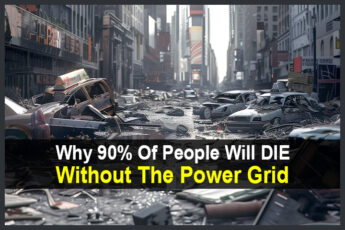Estimated reading time: 20 minutes
As winter approaches, many people across the Northern hemisphere are preparing for winter and engaging in their customary winterizing chores.
Screens are coming down and storm windows are going up; doors, windows and electric sockets are checked for air leaks and sealed; furnace filters are replaced, chimneys swept clean, and the summer clothes are exchanged for winter clothes in the closets.
It’s a standard routine many of us do year after year. But this year may be different for all of us.
Want to save this post for later? Click Here to Pin It On Pinterest!
The Looming Threat
This isn’t about climate change although the extreme weather patterns we’ve seen certainly won’t help. This is about a combination of factors that will make heating fuels like fuel oil, natural gas and even electricity more expensive, and in some areas in short supply or simply not available.
The Russian war in Ukraine is an obvious factor, but there’s more to it than that. Our natural resources are rapidly declining, the supply chain is still struggling, and now there’s fear of a significant shortage of diesel fuel that will directly impact deliveries of all other fuels by truck, train and ships.
Fuel shortages are a particular problem in Europe where natural gas is not only in short supply, but efforts to work around the shortage have left many ports designed to unload and process liquefied natural gas (LNG) overwhelmed. The result is that many fully loaded ships are stuck offshore waiting to unload LNG and some have simply departed for other ports.
There are also growing suspicions of profiteering by oil and gas companies and Saudi Arabia has determined that creating further shortages lends them political and strategic clout on the world stage.
While the global power players continue to wage war, engage in political brinksmanship, struggle in floundering economies, and squeeze more profits from all fuels, everyday people are left to pay the price and possibly confront a winter with unreliable or even no heat.
One projection predicts that thousands could die this winter especially in Europe due to fuel shortages and spiking prices.
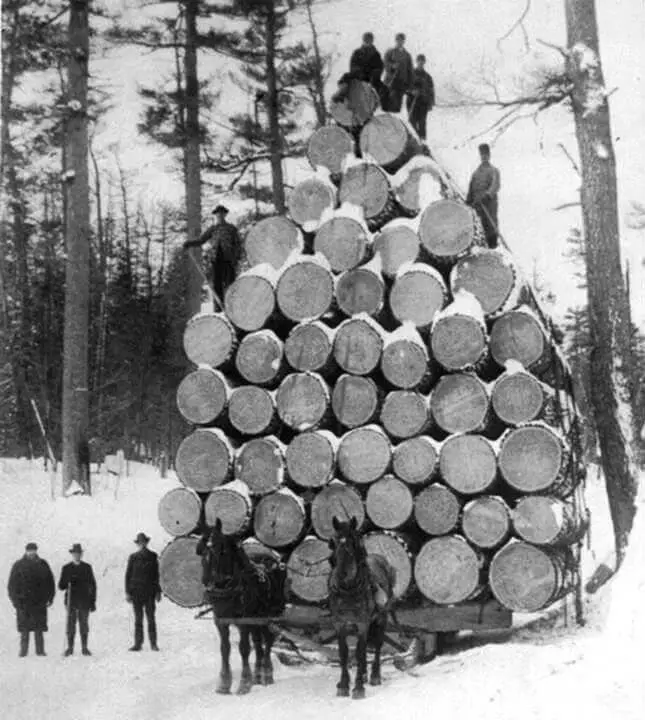
It’s Time to Consider Heating Alternatives
This is already happening in Europe where a firewood shortage has been reported in many countries. Firewood has historically been the “go-to” heat source for many people and now even people living in wooded areas are competing for another dwindling resource.
The First Alternative Begins with Common-Sense
A common-sense approach to managing heat in winter is defined by 3 things: insulation, conservation and prioritization.
Insulation
There are thermal heat guns that you can point at walls and ceilings to indicate areas where insulation may be lacking or non-existent.

It’s impossible to see through walls, but a heat gun betrays cold spots that could be compromising heat retention. This is often most notable at the top of walls where they meet the ceiling due to the settling and sagging of insulation over time. That’s typically not a significant problem, but if large areas of a wall or ceiling show a cold spot, it’s worth looking for solutions.
If you don’t have the budget or the inclination to buy or rent a thermal heat gun, you can simply hold your hand to surfaces, around window and door frames, over electric outlets or any other part of the house that could have any exposure to outdoor temperatures and drafts including a dryer vent or cat/dog door.
There are adhesive insulation strips you can apply to doors and windows and cutout insulation pads for electric sockets and switch plates. Take the time to find the drafts and stop them.
Conservation
Let’s start simply. Tell everyone to “close the door.” The trunk may be loaded with groceries, but take the time to stack them by the door to shorten the amount of time any door is open or make it a family effort and tell everyone to grab a bag. When heat is precious every draft from an open door is stealing your heat.
And don’t forget to dress for the weather not only outside but inside as well.
Sweaters are a good place to start, but the days of wandering around a house that’s toasty warm may be a luxury that few can afford this winter. Hopefully you’re not all living in hoodies but one way to conserve energy is to let your body keep you warm. Warm clothing is one of the keys to making that happen.
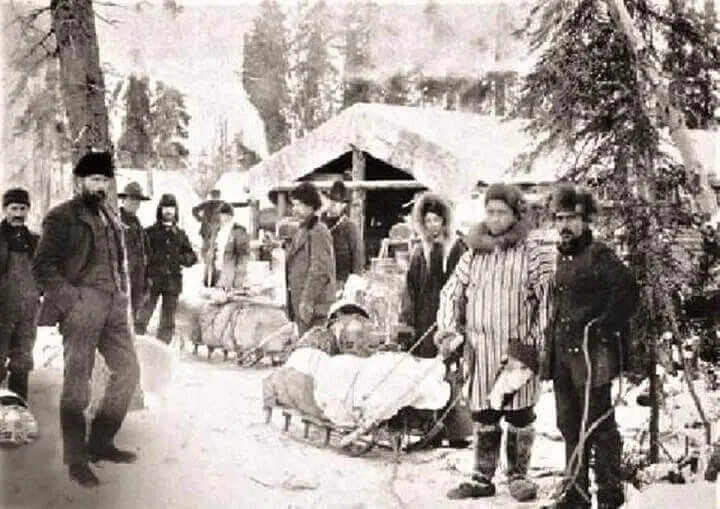
If your oven works, use it to cook more frequently.
Fall and winter are sometimes referred to as “baking season” and there’s a reason. People are more tolerant of heat from an oven in the winter, and the heat from an oven can actually maintain warm temperatures for hours after you’re done cooking.
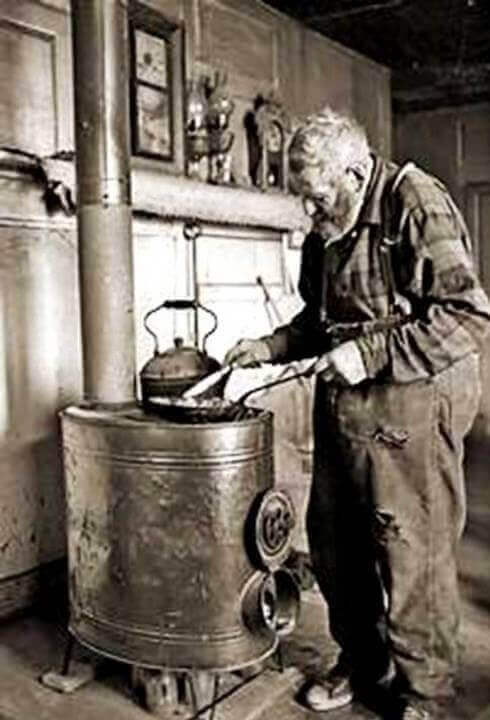
Maybe it’s time to cook more turkeys and hams this winter. They usually require hours to cook,and it’s the best way to take advantage of peripheral heat. Avoid the temptation to use a range top or empty stove to create warmth unless it’s an absolute emergency.
Bake a cake or a loaf of bread. If the oven works, cook everything that way – assuming you have the natural gas or electricity to make it work.
Prioritization
Got a guest room? Close the vents and shut the door. Most guest rooms spend most of their time unoccupied. If you’re not living in the room, don’t heat it. Some critical exceptions are bathrooms, kitchens, laundry rooms or any other room that has plumbing. You don’t have to keep these rooms toasty warm but you can’t let them get below freezing.
One way to help any heat reach the plumbing is to leave cabinet doors open under sinks and bathroom vanities. The same applies to maintaining heat in the basement although basements often maintain the best temperatures in extremely cold temperatures.
That’s because the surrounding soil holds some degree of heat around the basement foundation. It won’t be the warmest place in the house but it may be enough to keep things above freezing.
If you have a furnace or any other type of whole house heating located in the basement the heat from the unit itself may be enough to protect any plumbing. That assumes it’s still working. Just keep an eye on things like plumbing as winter progresses.
Home Heating Alternatives
There are a lot of possibilities for generating heat indoors beyond a standard furnace. The big question is your location and the severity of winter. The worst the winter the more robust the heating alternative needs to be.
Another idea to keep in mind is to use a variety of alternative heat sources. You don’t need to keep bedrooms warm during the day but at night a small space heater could get you through the night.
It helps to have a down-filled quilt or comforter but if you can see your breath while you sleep you might as well be camping. Think about various heat alternatives that could work for specific spaces and places and work together around the house.
Before we get into the pros and cons of some alternative heat sources you need to think about the duration of your alternative heating needs.
- Are you looking for a permanent, long-term solution?
- Are you thinking this may be a semi-permanent situation that you can use from time to time?
- Is this a short-term heating solution for emergencies or extremely cold days and nights?
Determining the degree to which you need to pursue heating alternatives will have a lot to do with what you put together to get through the winter. It also will affect costs and timing, but there’s one other factor to remember that created this whole situation to begin with: fuel.
Its one thing to get a pellet stove to heat your home; it’s another thing to keep a ready supply of pellets on hand. On average, a pellet stove burns 40 pounds of pellets (1 bag) every 48 hours with steady use.
If that’s your sole source of alternative heat and you have a winter that stretches over 100 days, that means you need to stack 50 bags of pellets.

The average cost for a bag of pellets in a 40-pound bag when sold in bulk (usually by the ton or 50 bags) is $4 to $5. But here’s where a problem emerges. If enough people decide that pellets are their primary heating alternative, the demand will skyrocket and the laws of supply and demand will kick in.
As the demand grows, so will the price. At the high end a ton of pellets costs $250. If that jumps to $10 a bag in bulk, the price doubles to $500. And to be clear, pellet stoves can heat a few rooms but rarely heat a whole house.
Still, it may be a cheaper alternative but any alternative heat source needs some type of fuel or power to generate heat. Think about stocking up and know that when you run out you may have a difficult time finding more of anything.
And it’s Not Just About Pellets
Choose your fuel: kerosene, propane, liquid natural gas, firewood, pellets, charcoal – as the demand soars so does the price. Electricity is another possibility but fuel prices often drive the cost of electricity generation so every bill can go up.
And if the grid is down or there’s an outage for any reason – well forget about that.
What About Solar?
It’s worth considering, but it has its limits. For one, you need daylight sunshine. Second, you have to capture the heat.
One way to do that is with solar tiles. They’re floor tiles you put on the floor of a room with a lot of sunlight and they absorb the heat of the sun during the day and continue to give off heat through the night. They’re expensive and they’re more in the category of a supplement to maintain heat rather than as a sole source of heat generation.
Another possibility is a solar generator.
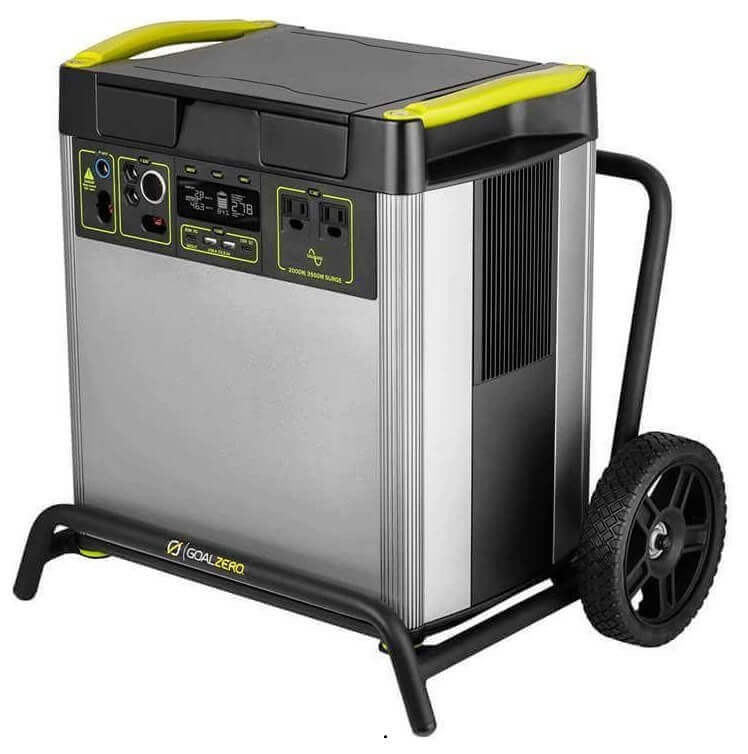
It can power a conventional space heater, but you need to be mindful of the wattage. Even the smallest space heaters have two settings – high and low – and both draw significant wattage. A high setting typically draws 1500 watts. A low setting typically draws 750 watts. That’s a lotta watts.
A gas generator is always a possibility, but if fuels for heating are dear the cost of gasoline to power a generator will spike right along with the rest of them. Assuming it’s available at all.
Some primitive solutions include a panel of tubes painted or covered in black that absorb solar heat and simply heat the air and funnel it into a window by convection. It’s a primitive wilderness solution, but our ancient ancestors found many ways to engineer heating and cooling solutions that were more than a bit out-of-box.
Rooftop solar water heaters and heating systems are another possibility, but as you would suspect they are a complicated and a bit expensive. This gets back to determining the duration of your needs.
- If you feel energy prices and the cost of home heating will never go down or have any level of reliability, maybe you need to go all-in on a permanent alternative.
- If you’re just worried that you won’t be able to pay your heating bills, you can consider short-term solutions that you use occasionally in addition to conservation practices.
- If you’re not sure but want to be prepared in the event of an emergency when you need to get through especially cold nights, you’ll want to keep it simple.
Critical Success Factors for Home Heating
If the temperatures are extremely cold and conventional heating sources are not working, isolate your living space to one or two rooms. This could be the kitchen and living room. If need be, suspend blankets or fabric to close off hallways or other spaces that don’t have doors. The smaller the area you have to heat the more successful you will be with improvised efforts.
Some alternative heat sources need some degree of ventilation. This is especially true for kerosene heaters, portable propane heaters, or anything else that burns something to create heat.
If you are burning fuels to create heat you should have a carbon monoxide detector in the room(s). There are constant news reports of people dying from carbon monoxide poisoning so don’t take any chances.
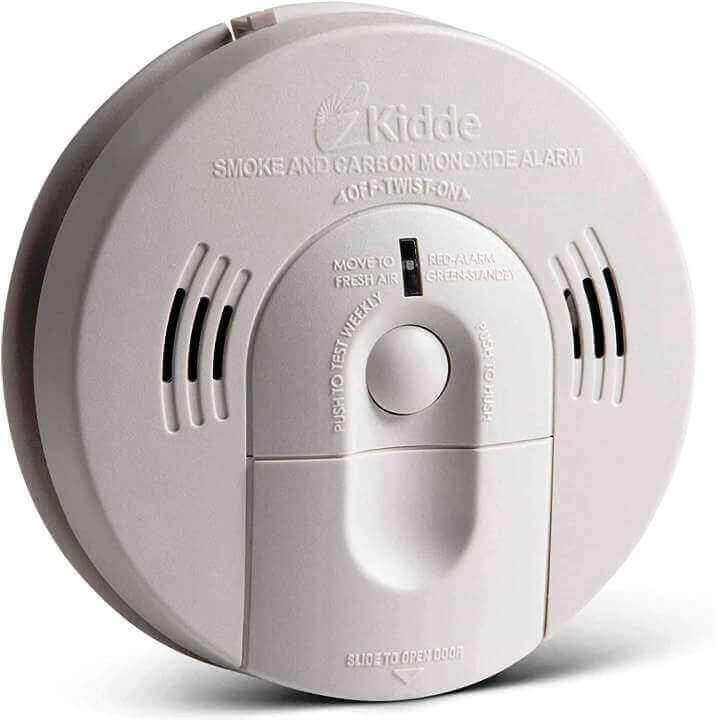
Circulating heat is a challenge with most alternative heat sources. A furnace has a blower to force heated air through a system of ductwork throughout the walls, floors and ceilings of a house. Without a furnace and that forced air you’re dependent on heat simply rising to circulate air.

A solution used by many people are cast iron trivets and fans that can rest on top of a fireplace insert, wood burning stove or pellet stove. They act as heat exchangers that warm up with contact and can slowly turn the attached using the rising heat to allow some degree of air circulation across a room or into other rooms.
Hold onto your heat. A well insulated house will hold any heat you generate for hours but this gets back to making sure any entry or exit to a house is quick and efficient. When heat is precious, don’t waste it.
Keep an eye on the weather forecasts. It’s reassuring to know when the cold weather may break. If you only have to endure a few days of temperatures below 60 degrees F indoors, you won’t feel as anxious about the days and weeks ahead.
68 to 72 degrees F is the ideal heat range, but 50 to 55 degrees F are identified as the minimum to prevent water pipes from freezing and bursting.
12 Alternative Heating Solutions
Fireplace

If you have a fireplace, you’re off to a good head start, but be forewarned.
Fireplaces are actually very inefficient heating sources with most of the heat going up the chimney. There’s also a question of adequate firewood to keep the fire burning. If you have no other alternative or are caught by surprise, it makes sense to have a fire in the fireplace, but you can do better.
Fireplace Insert
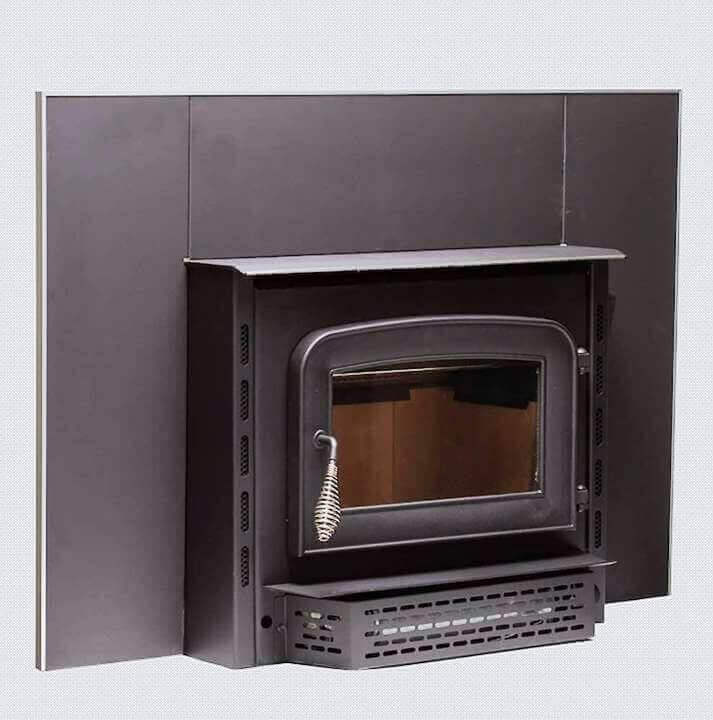
A fireplace insert is a better alternative to an open fireplace, and they are easy to install because the chimney and firebox are already in place.
Most are simple designs built around a metal box similar to a wood burning stove. The firebox inserts into the fireplace and vents control the drafting to manage the heat and size of the fire. Some have electrically powered fans to circulate heat into a living area.
Woodstove
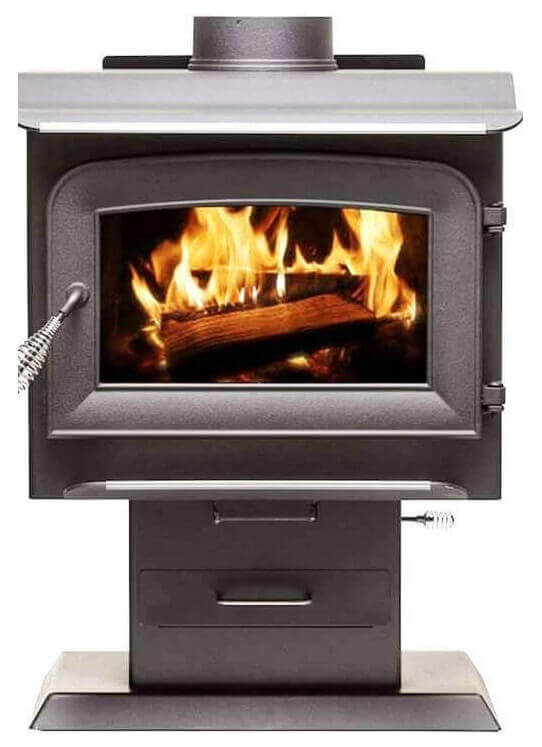
A free standing woodstove is a very good alternative if you don’t have a fireplace or want heat in a part of the home away from a fireplace.
They come in a range of sizes and prices but require the installation of a chimney through the roof. Even a small wood-burning stove can give off significant heat to keep a room or two warm.
Firewood will still be a challenge if you are using any stove or fireplace for heat, but there are alternative sources you can burn from rolled up newspapers and magazines to old furniture or even logs you make from pulped paper and cardboard.
Kerosene Heaters

Kerosene heaters get mixed reviews but some newer models burn cleaner and give off the least amount of fumes.
Regardless, every kerosene heater recommends some degree of ventilation from a window cracked open to some way to vent the fumes. It always seems like a contradiction to allow cold, outside air into a room you’re trying to heat but that’s the facts of life with kerosene heaters.
Propane Heater
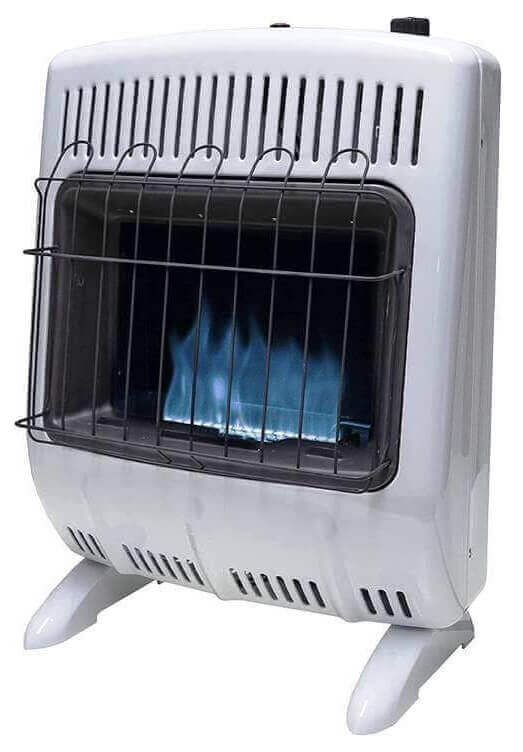
Propane heaters are another option. Many of us have an outdoor grill powered by large propane tanks, but here again there’s an issues with fumes. Some of these also offer outside venting options, but a bigger question is the price and availability of propane gas.
It’s sometimes hard to find propane during a calm and complacent summer when the demand is high. When more and more people start turning to propane as a heating fuel the prices and demand will only go up.
Pellet Stoves
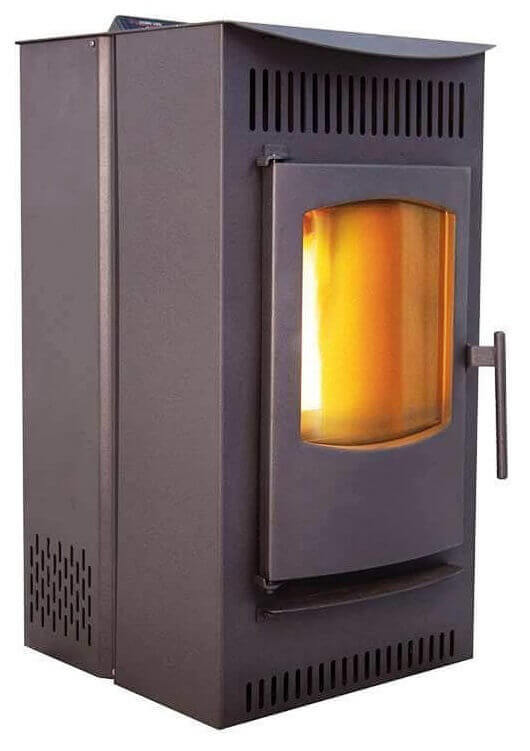
Pellet stoves are a surprisingly effective heat source. They burn small, compressed pellets sold in large bags. A small firebox keeps the pellets burning, and the firebox is fed by a turning worm-drive that slowly delivers the pellets from a hopper to the firebox at just the right rate to maintain heat.
Most require electricity to power the worm-drive, automatic ignition, and thermostat, but there are non-electric options that are gravity fed and only need to be ignited by hand at the beginning of the burn cycle.
Pellet stoves can be vented through a sidewall as opposed to the roof and can heat multiple rooms although whole house heating is improbable depending on the size of the house.
Space Heaters
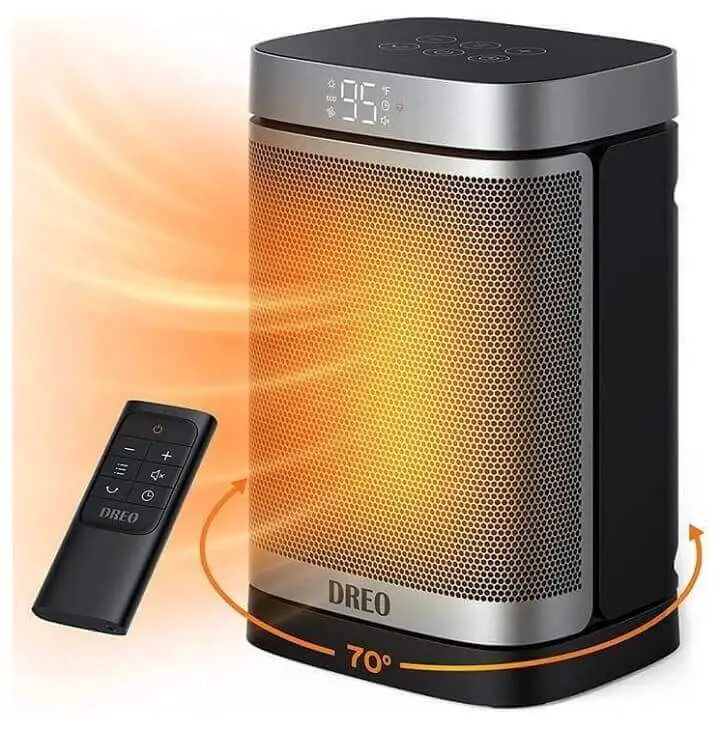
Space heaters are a common heat alternative but they require electricity to run.
However, even if the power is out, you can find alternative power generation solutions with a gas powered or solar generator, but the power draw is significant. If you have power and this is your only source of heat it will get you through the worst but here again, try to isolate the spaces you heat to a room or two.
Baseboard Heating

Baseboard heating is often used to keep remote or particularly cold rooms warm even under normal circumstances.
They also rely on electricity, but if the cost of electricity is less than natural gas, or if you are generating your own power with a solar generator or panels, they may be a good option. They also draw a lot of wattage and are sometimes better at maintaining heat, but they’re a simple solution and can be a permanent installation.
Heat Pumps

Heat pumps are a common fixture in southern latitudes but may be a good alternative for any location.
They work like an air-conditioner in reverse, actually taking outside air and isolating warmer air for distribution into a living space. They can also cool a home.
Most are connected to ductwork already installed in the house and can provide effective air circulation, assuming there is reliable electric power. The amount of heat they can generate is somewhat limited, particularly during bitterly cold days, but they can help maintain temperatures.
Urgent Solutions
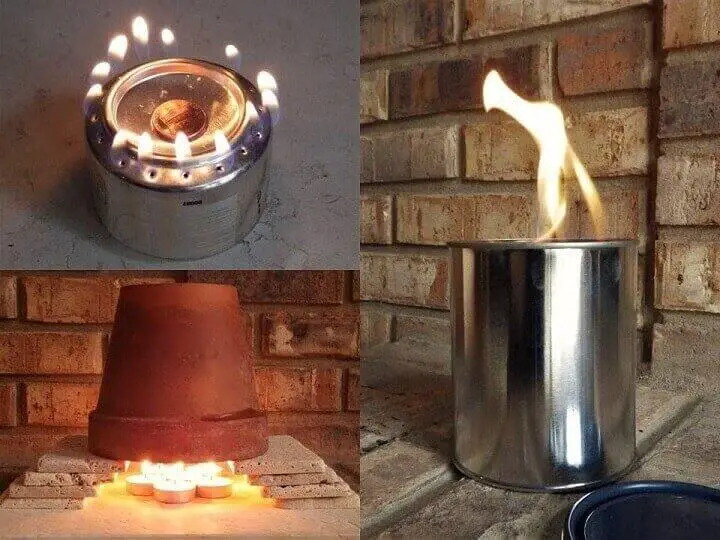
Urgent solutions can be improvised but their effectiveness is limited unless you are heating a very small space.
Most feature an open flame that burns either alcohol, multiple candles, and there’s even an idea that uses a can of Crisco. All of them give off varying degrees of fumes, and the most any of them will do is keep a room above freezing.
In a desperate time or if you’re caught by surprise, they’re worth considering but they are very short-term, emergency solutions. Be careful though, most have open flames so placement in a non-flammable area is critical.
Electric Blankets
Electric blankets and robes have been used for years, especially at night while sleeping. They’re intended to simply keep a person warm, and while they do give off a small degree of ambient heat, it’s never enough to effectively heat a room.
They’re worth having on hand even if it’s just to take a break from a cold day and wrap yourself up while you wait for other heat sources to hopefully raise the temperature around you. Here again it assumes reliable electric power.
Chemical Warmers
Chemical hand-warmers and foot-warmers can offer some welcome relief to extremities on a very cold day. Most are designed for outdoor use slipping into gloves or socks but they can be welcome relief indoors in the morning when temperatures are usually at their coldest.
This Winter May be a Practice Round for the Future
A lot of us are used to dealing with adversity when it comes our way. We’re emerging from a pandemic, rebuilt after hurricanes and floods, survived our share of wildfires, and always seem to find a way to get through surprising and unpredictable events. But our winters could be taking a permanent turn for the worse as climate change causes the jet stream to fall apart.
Complicating matters are dwindling natural resources and the rising costs of everything, especially fuels. It’s possible that traditional heating fuels will never recover to the costs of the past, and the ability to get through winter will be a continual challenge. In that regard, the way we handle this coming winter may be a new pattern for how we deal with yet another round of uncertainty and unexpected change.
Like this post? Don't Forget to Pin It On Pinterest!








